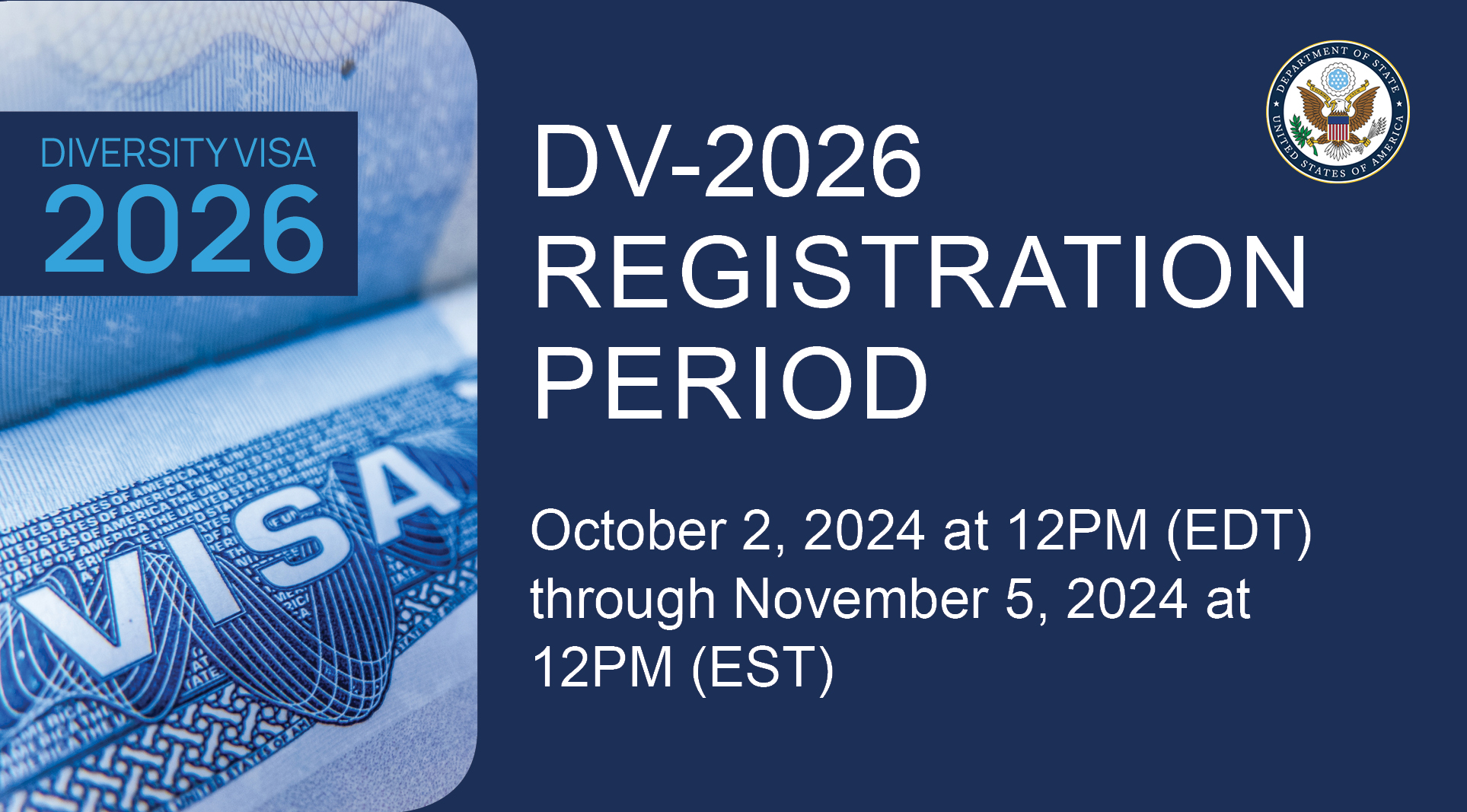 On October 11, 2024, the U.S. Citizenship and Immigration Services (USCIS) released updated guidance for requests to expedite travel-related documents and expedite requests relating to government interests. The guidance is effective immediately.
On October 11, 2024, the U.S. Citizenship and Immigration Services (USCIS) released updated guidance for requests to expedite travel-related documents and expedite requests relating to government interests. The guidance is effective immediately.
Who may file an expedite request?
Individuals who are located inside the United States may request that USCIS expedite the adjudication of their application, petition, request, appeal, or motion. USCIS considers expedite requests on a case-by-case basis and has the discretionary authority to approve or deny an expedite request.
The grounds that may be considered to file an expedite request include, but are not limited to, the following:
- Severe financial loss to a company or person
The updated guidance states that those filing an expedite request based on severe financial loss to a company or person must provide corroborating documentation supporting their request.
Where a company is involved, such evidence may include documentation proving that the company is at risk of failing, losing a critical contract, or required to lay off other employees.
For example, a medical office may suffer severe financial loss if a gap in a doctor’s employment authorization would require the medical practice to lay off its medical assistants.
Where an individual is applying for an expedite based on severe financial loss, evidence of a layoff or termination may be sufficient to establish financial loss.
For example, if an individual is unable to travel for work and this would result in job loss, an expedite might be necessary.
USCIS has said that “an individual’s need to obtain employment authorization, standing alone, without evidence of other compelling factors, does not warrant expedited treatment.”
Additionally, severe financial loss can be established if the failure to expedite would result in a loss of critical public benefits or services.
 Visa Lawyer Blog
Visa Lawyer Blog













